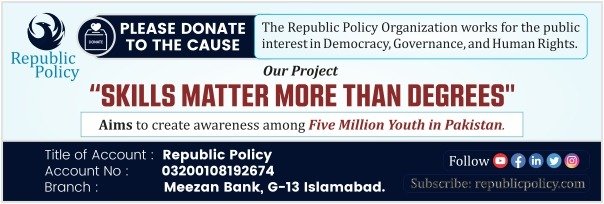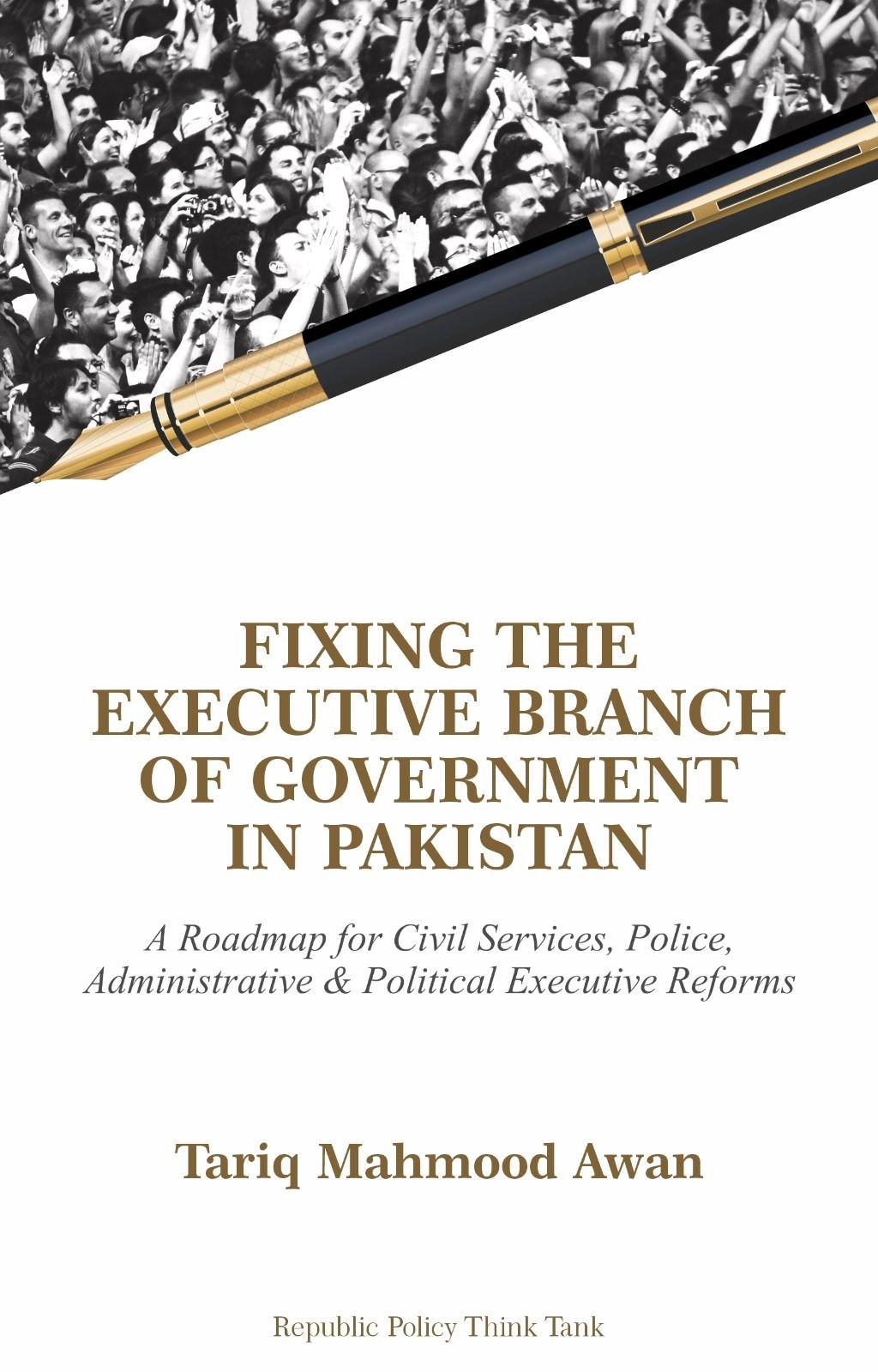By Advocate Usman Ghani
This year, floods have displaced millions of people in Pakistan from their homes, destroying crops and livelihoods. The government has declared a climate and agriculture emergency, recognizing that disasters once considered rare are now occurring more frequently. Many areas, from Sindh to Punjab, are still underwater, with families crowded into relief camps and growing concerns about hunger and disease. Meanwhile, cities like Lahore and Karachi struggle with some of the world’s worst air pollution, which is shortening lives. As floods and smog worsen, people in Pakistan face a crisis that threatens both their land and their health.
My previous research on urban air quality governance in Lahore demonstrates that institutional fragmentation and symbolic policymaking have persistently weakened Pakistan’s environmental response. Although clean-air initiatives such as the National Clean Air Policy (2023) and Punjab’s provincial plan propose reforms, enforcement remains inconsistent, underfunded and marginalized in political agendas. Flood events further reveal these systemic deficiencies. Displaced families are frequently relocated to inadequately ventilated shelters, increasing their exposure to indoor smoke, vehicular emissions and dust. Hospitals, already under strain, face additional challenges in managing increased respiratory infections, exacerbated by stagnant water that facilitates disease transmission. The most vulnerable populations, including those in urban slums and rural villages, experience compounded impacts i.e. loss of housing due to flooding and deteriorating health from air pollution. These outcomes reflect a systemic failure to address floods and smog as interconnected emergencies rather than isolated incidents.
The prime minister’s emergency declaration matters, but Pakistan has a long history of making big promises on climate issues that go unfulfilled. There is a serious gap between what is said and what is done, whether it is about clean air, renewable energy or flood protection. It is usually observed that different agencies often work against each other. For example, transport officials push for new roads while environmental regulators warn about more vehicle pollution. Disaster management teams focus only on flood relief and overlook the health problems caused by dirty air. Local communities, who are the most affected, rarely have their needs considered. If this pattern continues, Pakistan will keep facing climate disasters, offering symbolic solutions while real people suffer.
https://facebook.com/RepublicPolicy
To truly protect people during emergencies, Pakistan needs to take strong and clear action. Clean air should be a key part of disaster relief. Shelters must have safe cooking options, protective masks and portable air filters. Medical teams should treat breathing problems as urgently as waterborne diseases. A climate resilience task force that brings together the NDMA, Provincial disaster authorities, Environment, Health and Transport ministries is crucial. These agencies need to work together under a legally empowered body with clear accountability. Working in isolation will not build climate resilience. A national law with clear targets and citizen oversight is needed to cut emissions, improve accountability and make air quality part of climate adaptation. Current policies will deliver results if they are implemented in letter and spirit. Beyond emergency steps, Pakistan’s development model must shift. Cities like Lahore need reliable public transport to cut down on polluting vehicles. Rural areas need climate-smart farming to help people recover from floods without harming the environment. Budgets should focus on monitoring, training and enforcement. Most importantly, climate justice means putting the voices of those most affected such as farmers, labourers, women and children in low-income areas at the heart of policy decisions. Environmental breakdown always hits the poorest first and hardest.
https://tiktok.com/@republic_policy
When the waters recede, officials will count the damage in rupees and hectares. But if air pollution continues to choke Pakistan’s cities, the human toll will remain invisible with lost school days, rising hospital visits and shortened lives. Floods and smog are not separate tragedies; they are warnings of a nation under siege by its own governance failures. Pakistan must decide whether to continue with fragmented, symbolic gestures or embrace unified, justice-driven climate action. Emergencies have been declared and the time for action is now.















